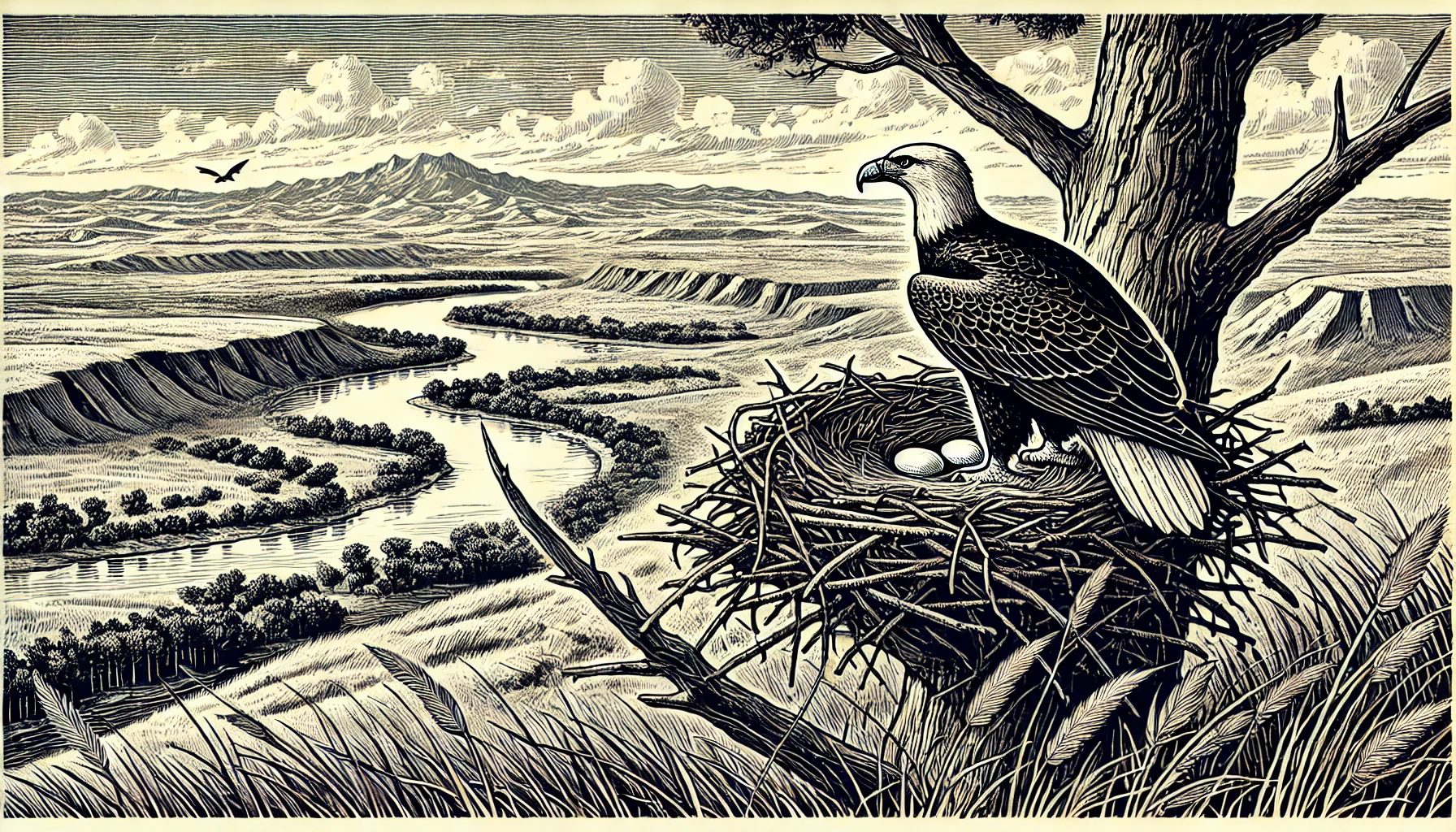Sandhill Crane Habitat Conservation Efforts

Traveling through the state of Nebraska, particularly during the spring migration season, one can witness a spectacular display of natural beauty in the form of sandhill cranes. These majestic birds stop over along the Platte River in central Nebraska, specifically in the area surrounding Kearney and Grand Island, to replenish their energy reserves before continuing their journey to their breeding grounds in the northern United States, Canada, and Siberia. However, the conservation of their habitats is crucial for the long-term survival of sandhill cranes, and efforts are being made to protect and restore their habitats.
The Platte River, stretching approximately 310 miles through the heart of Nebraska, serves as a critical stopover site for over 600,000 sandhill cranes, representing about 90% of the entire species' population. The river's shallow waters and surrounding wet meadows provide a rich source of food, primarily in the form of aquatic invertebrates, grains, and plant material, allowing the birds to replenish their energy reserves. To conserve these habitats, organizations such as the Platte River Whooping Crane Critical Habitat Maintenance Trust have been working to restore and enhance the river's natural hydrology, ensuring adequate water flows and quality, which are essential for maintaining a healthy ecosystem.
One such example of conservation efforts is the restoration of the Platte River's braided channels at Rainbow Angler Access Area, a site located near the town of Wood River, about 25 miles south of Kearney. This project involved the creation of shallow water channels and reconnecting historic oxbow lakes to provide a habitat for sandhill cranes to feed and roost. Such efforts not only contribute to the protection of sandhill crane habitats but also support a diverse array of other species, including endangered ones such as the whooping crane.
A critical component of sandhill crane habitat conservation is the protection of existing wetlands and the restoration of degraded ones. Wetlands along the Platte River have been disappearing at an alarming rate due to human activities such as agriculture and urbanization. In response, organizations like the Nebraska Game and Parks Commission have implemented programs aimed at the acquisition and restoration of wetlands, providing critical habitats for sandhill cranes and other wildlife. For instance, the Salt Creek Wetland Wildlife Management Area, located about 25 miles east of Lincoln, has seen significant restoration efforts, resulting in the enhancement of over 1,000 acres of wetland habitats.
The study of sandhill crane ecology and behavior has significantly informed conservation efforts. Researchers at institutions such as the University of Nebraska-Lincoln have conducted extensive studies on the feeding behavior, habitat selection, and foraging patterns of sandhill cranes. This information has helped guide habitat restoration efforts and has provided insight into the importance of preserving a diverse range of habitat types within the Platte River valley.
Furthermore, the critical role of collaboration among various stakeholders cannot be overstated. State and federal agencies, such as the U.S. Fish and Wildlife Service, non-profit organizations, and private landowners have come together to support conservation efforts, contributing to the protection and restoration of sandhill crane habitats.
Despite these conservation efforts, the sandhill crane population continues to face numerous threats, including climate change, habitat destruction, and degradation of their habitats. Ongoing research and monitoring efforts are crucial for understanding the shifting dynamics of sandhill crane ecology and for informing conservation strategies that address the evolving needs of this magnificent species.
Overall, the conservation of sandhill crane habitats requires continued collaboration, dedication, and commitment from all stakeholders involved. Efforts to protect and restore these habitats not only ensure the long-term survival of sandhill cranes but also contribute to maintaining the health and diversity of the ecosystems within which they exist.
The Platte River, stretching approximately 310 miles through the heart of Nebraska, serves as a critical stopover site for over 600,000 sandhill cranes, representing about 90% of the entire species' population. The river's shallow waters and surrounding wet meadows provide a rich source of food, primarily in the form of aquatic invertebrates, grains, and plant material, allowing the birds to replenish their energy reserves. To conserve these habitats, organizations such as the Platte River Whooping Crane Critical Habitat Maintenance Trust have been working to restore and enhance the river's natural hydrology, ensuring adequate water flows and quality, which are essential for maintaining a healthy ecosystem.
One such example of conservation efforts is the restoration of the Platte River's braided channels at Rainbow Angler Access Area, a site located near the town of Wood River, about 25 miles south of Kearney. This project involved the creation of shallow water channels and reconnecting historic oxbow lakes to provide a habitat for sandhill cranes to feed and roost. Such efforts not only contribute to the protection of sandhill crane habitats but also support a diverse array of other species, including endangered ones such as the whooping crane.
A critical component of sandhill crane habitat conservation is the protection of existing wetlands and the restoration of degraded ones. Wetlands along the Platte River have been disappearing at an alarming rate due to human activities such as agriculture and urbanization. In response, organizations like the Nebraska Game and Parks Commission have implemented programs aimed at the acquisition and restoration of wetlands, providing critical habitats for sandhill cranes and other wildlife. For instance, the Salt Creek Wetland Wildlife Management Area, located about 25 miles east of Lincoln, has seen significant restoration efforts, resulting in the enhancement of over 1,000 acres of wetland habitats.
The study of sandhill crane ecology and behavior has significantly informed conservation efforts. Researchers at institutions such as the University of Nebraska-Lincoln have conducted extensive studies on the feeding behavior, habitat selection, and foraging patterns of sandhill cranes. This information has helped guide habitat restoration efforts and has provided insight into the importance of preserving a diverse range of habitat types within the Platte River valley.
Furthermore, the critical role of collaboration among various stakeholders cannot be overstated. State and federal agencies, such as the U.S. Fish and Wildlife Service, non-profit organizations, and private landowners have come together to support conservation efforts, contributing to the protection and restoration of sandhill crane habitats.
Despite these conservation efforts, the sandhill crane population continues to face numerous threats, including climate change, habitat destruction, and degradation of their habitats. Ongoing research and monitoring efforts are crucial for understanding the shifting dynamics of sandhill crane ecology and for informing conservation strategies that address the evolving needs of this magnificent species.
Overall, the conservation of sandhill crane habitats requires continued collaboration, dedication, and commitment from all stakeholders involved. Efforts to protect and restore these habitats not only ensure the long-term survival of sandhill cranes but also contribute to maintaining the health and diversity of the ecosystems within which they exist.
